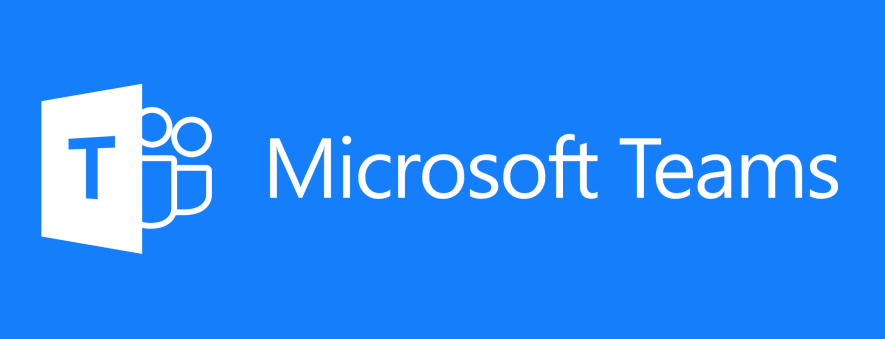
Microsoft Teams is the newest competitor for applications like Slack and Google Hangouts, which allow employees to communicate internally with each other (eg – work on projects and edit documents) easily and efficiently.
If you already use Office 365, Teams has the advantage of being integrated with existing Microsoft apps, including Outlook, SharePoint, OneDrive, OneNote and Skype.
Microsoft Teams Features
Several apps can all be accessed in oneConvenient if already subscribed with Office 365 as it is included within the priceEnterprise security & compliance features like eDiscoveryIntegrated with Azure Active Directory
Teams overview
Teams is extremely easy to set up with the choice of online, downloaded or mobile versions allowing you to stay connected to your co-workers wherever you are.
When a team is created, it syncs with Planner, SharePoint and OneNote. Many new users will find this very convenient, but people who have grown accustomed to the way everything worked previously may find it irritating that new groups are being set up in multiple apps automatically. However, this may not be a huge problem if set up correctly because admin users will have the ability to change it.
Teams and Channels
Teams are easy to set up, requiring only a name and a short description in order for users to be added, Be careful to set it according to whether you need a matching group, plan or any other app integration added, to prevent unnecessary additions being created.
A channel is a subsection that can be created for every team, and is not limited to the general one which is added automatically. This can be used to better organise each team and avoid confusion about what topic each user is talking about. Users are alerted to new activity in a channel when it becomes bold.
Channel Tabs
There are three tabs along the top of each channel, ‘Conversations’, ‘Files’ and ‘Wiki.’ You also have the option to create new tabs based on other Office apps such as Word, Excel and Planner, allowing you to access all other programs from one app.
Conversations
The main feature of Teams is conversation, allowing you to send instant messages to one or groups of people. All messages are archived, allowing you to easily search out specific ones or browse past conversations.
To get a specific user or whole team’s attention you can use the @ symbol. This highlights the area of the conversation where they have been mentioned and sends a notification to them, regardless of what they are doing. One area in whichTeams excels where other messaging services tend to fall short, is the integration of multimedia messages like GIFs, videos and images. These, along with normal messages, can all be liked by users when you don’t want or need to send an ordinary message.
Files
To prevent users from having to switch between applications repeatedly, you are able to open, edit, move and copy documents using the files tab. This is useful if the team is working on a specific document together, as you can comment on any file and the discussion is saved in the conversation tab.
Wiki
The Wiki tab allows you to add and edit pages in groups, and can be used to inform your team of anything: what the current project is about, what the rules of the chat are, etc. It can be edited by any member of the team.
Adding Tabs
Teams comes with three tabs added automatically but admins have the ability to add extra tabs from Microsoft’s collection of apps, like Excel, PowerPoint, Planner, OneNote and SharePoint.
Also, some third-party programs have added Microsoft Teams support, including YouTube, Zendesk, Wrike, Hootsuite and Sapho. This number is likely to increase as time goes on.
Menu
The menu on the left allows you to choose between Activity, Chat, Teams, Meetings and Files. Here’s what each one does;
Activities: Shows you recent activity that you were notified about. For example, your name following an @ symbol.
Chat: Used for one-time conversations with a single person. These are still saved so can be looked over later on.
Teams: Here you can view your group conversations, including the individual channels of each team.
Meetings: Syncs with your Outlook calendar, showing upcoming meetings for the next five days. Also allows you to create a meeting with team members but you have to open Outlook if you want to schedule a meeting with someone external.
Files: This allows you to find files that have been used and stored in Teams, OneDrive and Downloads. There is also a recent tab which allows you to check documents that you are working on at the moment.
Admin
If you are an admin, you are given the ability to create teams, use GIFs, team creation and extensions, and make video messaging available(or not). This allows employers to limit their employees activity to fit in with the businesses’ policies and make sure they use it as a tool for work rather than a messaging service.

Comments